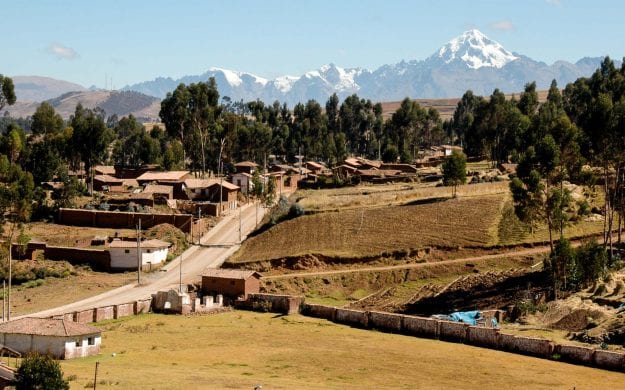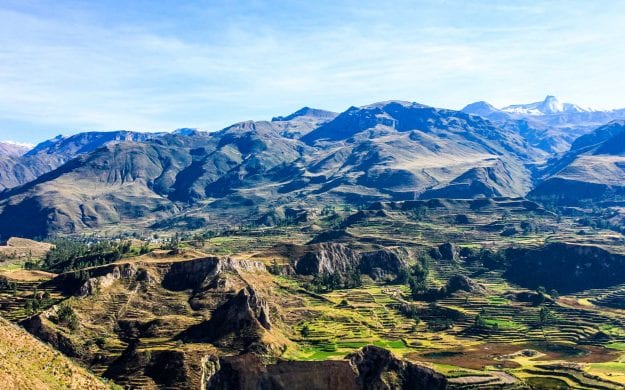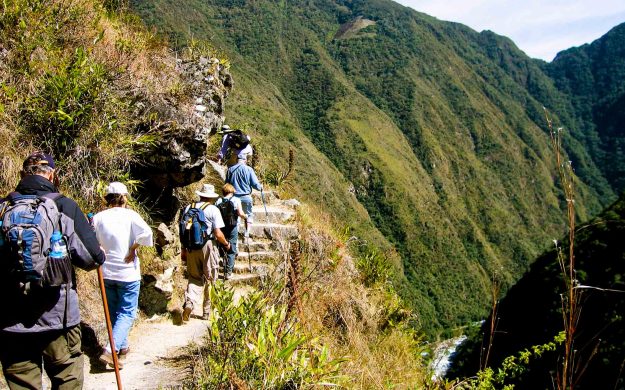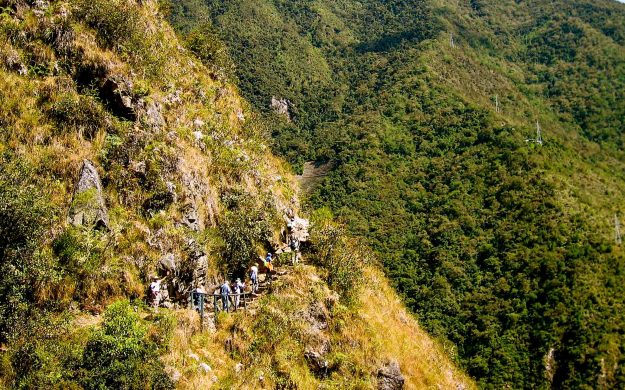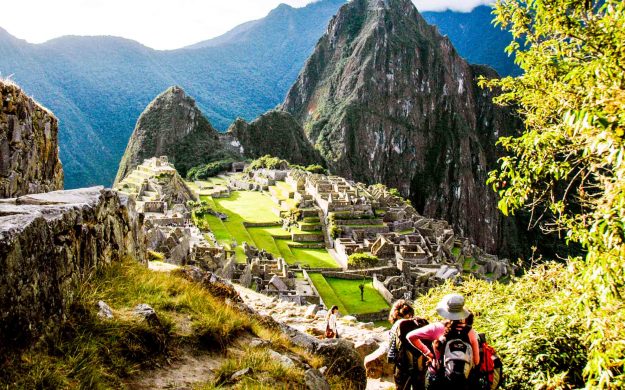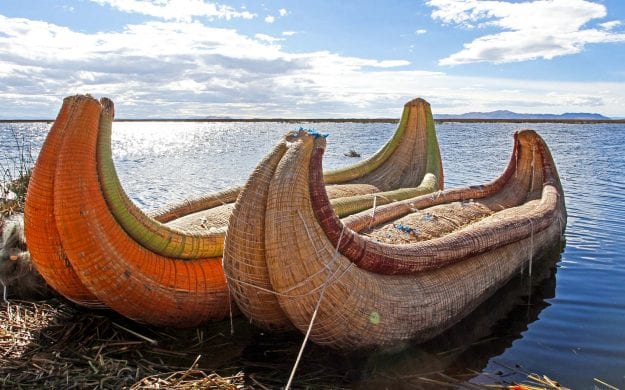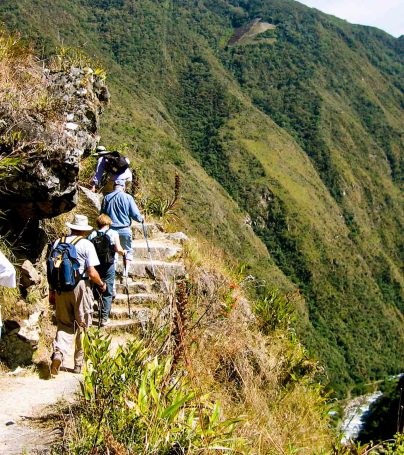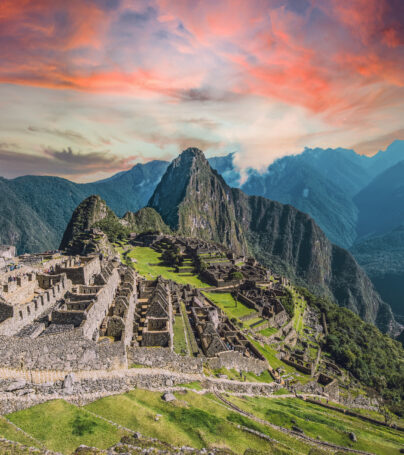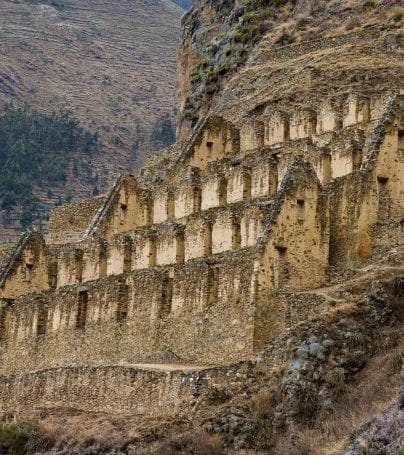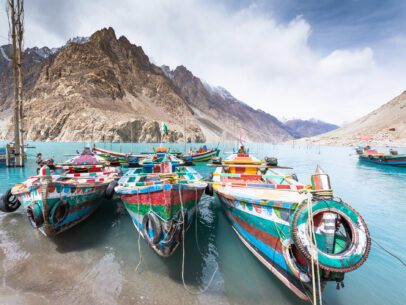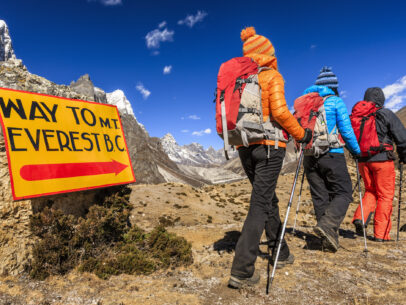Mt. Salkantay Adventure Tours
Salcantay (Nevado Salcantay) or Salkantay (Nevado Salkantay), Sallqantay in Quechua, is the highest peak of the Cordillera Vilcabamba, part of the Peruvian Andes. It is located in the Cusco Region, about 60 km (40 mi) west-northwest of the city of Cusco. It is the 38th highest peak in the Andes, and the twelfth highest in Peru. However, as a range highpoint in deeply incised terrain, it is the second most topographically prominent peak in the country, after Huascarán. Salcantay is a large, steep peak, “the most spectacular peak of the region”,[9] with great vertical relief, particularly above the low valleys to the north, which are tributaries of the Amazon River. Salcantay was first climbed in 1952 by a French-American expedition comprising Fred D. Ayres, David Michael, Jr., John C. Oberlin, W. V. Graham Matthews, Austen F. Riggs, George I. Bell, Claude Kogan, M. Bernard Pierre, and Jean Guillemin. All except Oberlin, Riggs, and Guillemin made the summit. The standard route on the mountain is the Northeast ridge. Accessing the route typically involves three days of travel from Cusco. The climb involves about 1,800 m (5,900 ft) of vertical gain, on glacier, snow, ice, and some rock. The route is graded AD on the French adjectival scale. The name Salkantay is from sallqa, a Quechua word meaning wild, uncivilized, savage, or invincible, and was recorded as early as 1583. The name is thus often translated as “Savage Mountain”.
Directly to the north of Salkantay lies Machu Picchu, which is at the end of a ridge that extends down from this mountain. Viewed from Machu Picchu’s main sundial, the Southern Cross is above Salkantay’s summit when at its highest point in the sky during the rainy season. The Incas associated this alignment with concepts of rain and fertility, and considered Salkantay to be one of the principal deities controlling weather and fertility in the region west of Cuzco.
Customize Your Dream Adventure
We are here to help craft tailor-made adventures for individuals, couples, families, and groups of explorers.

